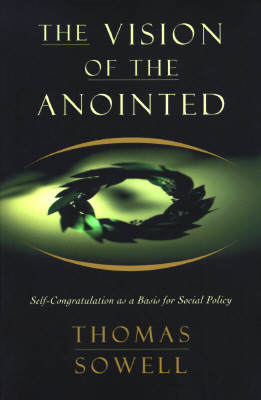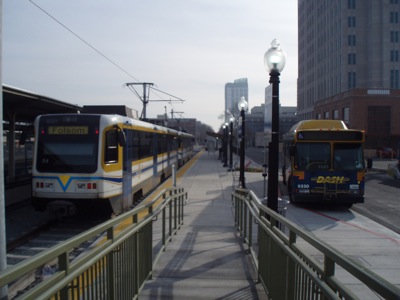Happy St. Patrick’s Day from the Antiplanner, whose ancestors were mostly Irish (with some Welsh thrown in). Some people try to find the pot at the end of the rainbow, but right now I am trying to find out what happened to the “rational” in rational planning.
It is the Antiplanner’s official position that long-range government planning cannot work no way no how. But it is a mark of how bankrupt the planning profession has become that many of its members never seem to bother to follow its standard planning system, which is known as the Rational Planning Model.
As defined by that noted authority, Wikipedia, the Rational Planning Model “is the process of realizing a problem, establishing and evaluating planning criteria, create alternatives, implementing alternatives, and monitoring progress of the alternatives.” This model, Wikipedia adds, “is central in the development of modern urban planning.”
If it is so central, then why do so few urban planners follow it? In particular, most plans that I have reviewed leave out step 3, “create alternatives.” They also leave out what should be step 4 (but which goes unmentioned by Wikipedia), evaluate alternatives. Which isn’t surprising if they don’t have any alternatives to evaluate.
Continue reading →









